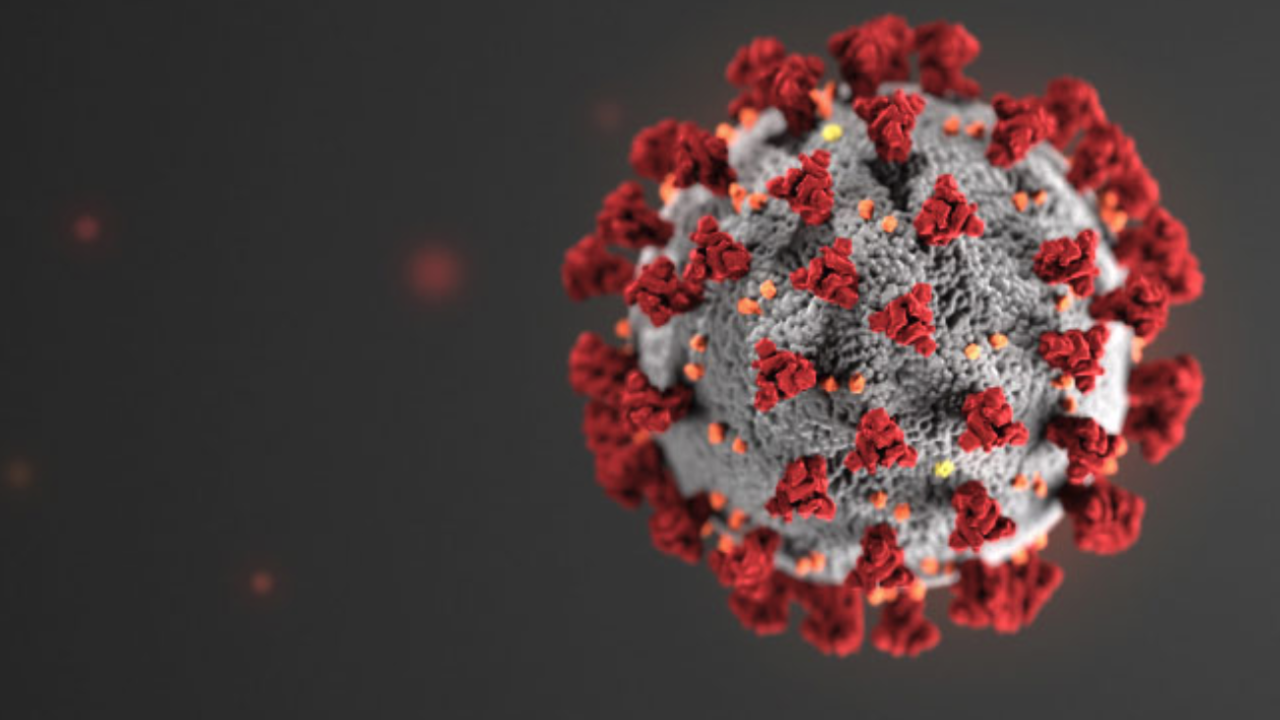
Dr. Lewis J. Kaplan discusses workplace violence at the Critical Care Congress.
EDITOR’s NOTE: This article was written by Andrew D. Bowser of Frontline Medical News at the Critical Care Congress and published March 7 by CHEST Physician, the newspaper of the American College of Chest Physicians.
SAN ANTONIO – Active shooter events and other episodes of workplace violence can be better managed with proper planning and training by hospitals and staff, Lewis J. Kaplan, MD, said in a late-breaking session at the Critical Care Congress.
“Workplace violence is not just active shooter – it’s ubiquitous, and we only know a little bit about it,” noted Dr. Kaplan, section chief, surgical critical care, Corporal Michael J. Crescenz VA Medical Center, Philadelphia. “The facility and everyone in the health care team have a role in being an active participant, rather than a passive one.”
To actively prepare for premeditated events, Dr. Kaplan recommended that clinicians develop partnerships with local law enforcement officials and initiate active training that involves anyone who could come into contact with an active shooter.
There are many steps that can be taken to protect the facility, including visitor screening and management, security that extends to the perimeter of the facility, building design that limits access to specific places in the facility, and deployment of firearm detection canines, Dr. Kaplan said, during the session at the Critical Care Congress, sponsored by the Society of Critical Care Medicine.
In all, Dr. Kaplan listed 19 steps that facilities could take to avert a planned attack, drawing in part on recommendations from the FBI publication, Workplace violence: Issues in response.
“This is a lot, and you don’t need to do all of it,” Dr. Kaplan said. “But you need to have an internally consistent plan for how you will do this at your facility, and it must involve everyone. They all need to be able to be part of your team.”
The latest data show that the great majority of workplace violence is perpetrated by individuals outside the organization. According to the IAHSS Foundation 2017 Healthcare Crime Survey, 89% of events involved a customer or patient of the workplace or employees.
In-hospital violence is prevalent, according to 2016 data from Occupational Safety and Health Administration that identified 24,000 workplace assaults in a 3-year span covering 2013-2015, including 33 homicides, 30 assaults, and 74 rapes.
Many in-hospital incidents are marked by failures in communication, patient observation, noncompliance with workplace violence policies or lack of such policies, and perhaps most importantly, an inadequate assessment for the violent potential of the perpetrator, according to Dr. Kaplan.
In a 2017 survey of 150 trauma nurses, 67% said they had been the victim of physical violence at work, though many did not report the incidents, Dr. Kaplan noted. Some reasons nurses gave for not reporting violence included the feeling that it was “just part of the job” in 27% of cases, and concerns about patient satisfaction scores in 10% of the cases.
Active shooter events in the workplace are of particular concern, though they are relatively rare; one recent report identified 160 events that occurred during 2000-2013 in which 1,043 individuals were injured, according to Dr. Kaplan.
Other presentations in the late-breaking session covered issues related to disaster preparedness and the Charlie Gard case.
“We picked these three topics to be in a late-breaker session not only because of the recent events that had happened, but because they have a common thread – it’s not a matter of if it will happen, but when will it happen, and are you ready and how do we prepare,” said session chair Gloria M. Rodriguez Vega, MD.
“One of the things I learned as a fellow was that part of the success in critical care was attention to detail and layers of safety,” said Dr. Rodriguez Vega, an intensivist in Bayamon, Puerto Rico. “I think you can apply that to all these situations.”
Dr. Kaplan had no industry disclosures related to his presentation.


